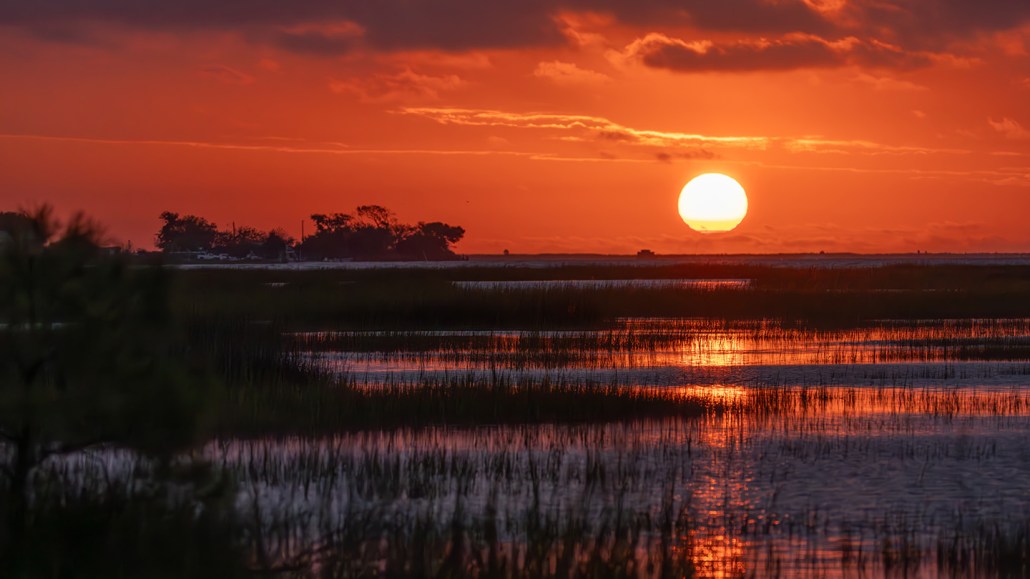AI & ZZZs, plus: swamp gas, heat-sensing prosthetics, and your gut

Below the peaceful surface of Chesapeake Bay tidal wetlands, methane-producing and methane-consuming microbes are competing for food. Higher temperatures may give the producers the edge.
Beata Whitehead/Moment/Getty Images Plus